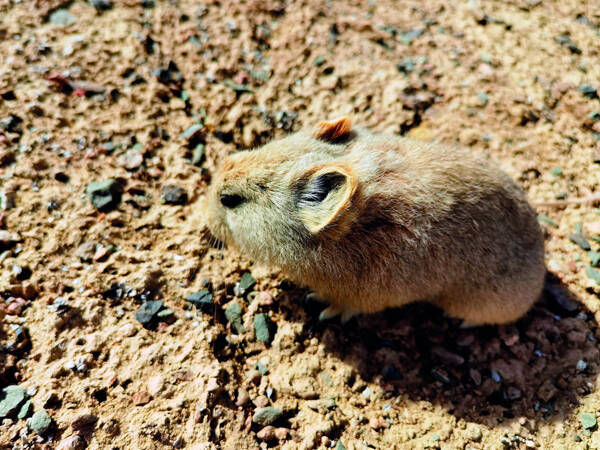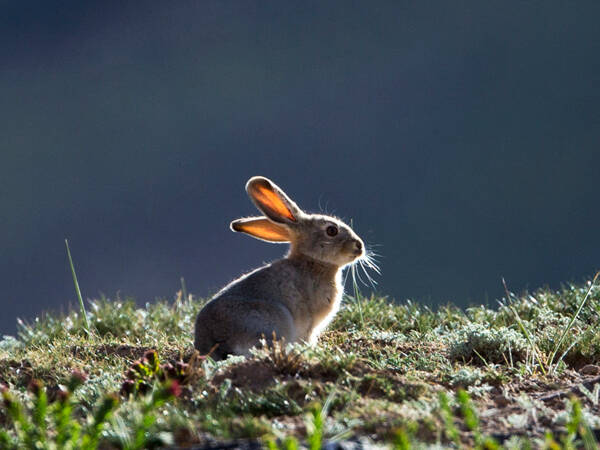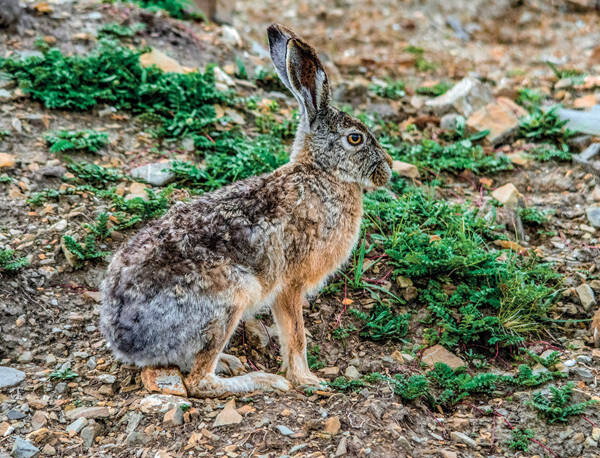Ochotona thibetana
IUCN
LCBasic Information
Scientific classification
- name:Ochotona thibetana
- Scientific Name:Ochotona thibetana
- Outline:Lagoiformes
- Family:Lagomorpha Ochotonidae Ochotona
Vital signs
- length:140-180mm
- Weight:
- lifetime:
Feature
The ears are short and round, the tail is very short, and the base of the hair on the back is dark gray.
Distribution and Habitat
Tibetan pika is endemic to China. It is only distributed in Sichuan, Yunnan, Qinghai and Gansu.
Tibetan pika is distributed at a relatively high altitude, generally above 2600m, with the distribution center being forests and shrubs at an altitude of about 3000m. The concentrated distribution area is from western Sichuan to southeastern Qinghai, and from southwestern Sichuan to northwestern Yunnan. It is herbivorous.
Appearance
Tibetan pikas are relatively large. The body length is 140-180mm. On the skull, there is no oval foramen in the frontal bone, and the incisor foramen and palatine foramen are merged into one large foramen. The ears are relatively large, averaging about 20mm. There are white edges on the ear edges. The color of the body coat varies greatly, including gray, yellow-brown, dark brown, and black-brown. However, the fur color of the back is basically the same in different color forms, and the fur color of the neck is not much different from that of the back. The fur color of the ventral surface is mostly light yellow-brown. There is less fur on the bottom of the front and back feet, and the claws are exposed outside the fur.
Details
Tibetan pikas are active day and night, and are agile. They often chase each other for fun, and quickly go into the cave when they encounter an enemy.
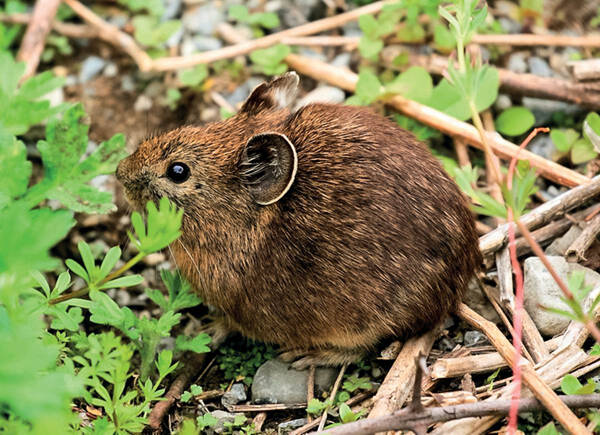
The cave system of Tibetan pikas is complex, with as many as 5-6 exits: the exits are generally opened at haystacks and tree roots. The cave entrance is oval, with a diameter of 4-4.5cm. In larch forests and alpine shrubs, the tunnels are mostly made of gaps between stones. The entrances and tunnels are very irregular. The entrances are usually diagonal. Due to the different sizes of stones, the shapes and arrangements are also different. The caves of Tibetan pikas can generally be divided into three categories, each of which has different uses. The first category is complex caves, which are often clustered in shrubs. The cave system is relatively regular. The entrances are vertical or diagonal, with different slopes. After the entrance is unearthed, the tunnel is parallel to the ground, and then forks and winds to each entrance. The length is up to 350cm, and the length of the branch is more than 100cm. The average diameter of the tunnel is 8-10m, and it is 6-8cm from the ground surface. The second category is simple caves, with 2-3 entrances and shorter tunnels, 100-150cm long. It is 5-7cm from the ground surface, and there are often 1-2 branches, with fewer blind passages on each branch. This type of cave is often distributed between complex caves. The third category is temporary caves, which are extremely simple and generally have only one exit and a blind end. The tunnel is about 70-100cm long and irregular in diameter, and is used for temporary avoidance of enemies. There are very few such caves. Since the Tibetan pika cannot dig a cave very deep in the area where the permafrost layer is less than 1m in the mountains, the scattered cave system allows them to have a wide foraging range, and they can hide in the nearest cave in time when they are in danger.
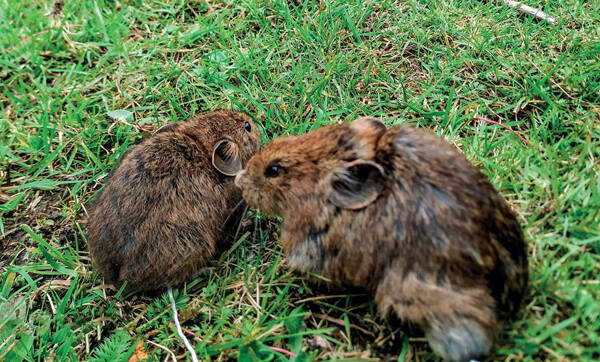
Tibetan pikas also go out to look for food on rainy days. They mostly feed on the stems and leaves of Cyperaceae and Poaceae plants, and also eat the roots and leaves of other plants. Tibetan pikas are vulnerable to several predators and will not stray too far from their safe burrows. The foraging behavior of Tibetan pikas is greatly influenced by natural enemies. First, they would rather forage in pastures near their burrows than in more fertile pastures far from their burrows. Second, young individuals, who are most vulnerable to attack, move closer to their burrows than adults. Pregnant females need more food, so they have to expand their foraging range, but the farther they are from their burrows, the greater the risk of being preyed upon.

Tibetan pikas begin to breed in May every year, with 3-5 pups per litter. Some carnivores and birds of prey are natural enemies of Tibetan pikas.
Listed in the 2008 Red List of Endangered Species of the World Conservation Union (IUCN) ver 3.1 - Least Concern (LC).

